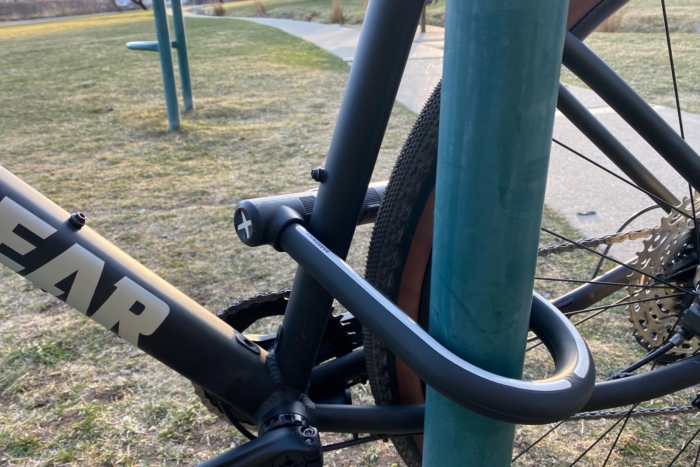Detachable ‘aero shells’ and a thermal liner make this helmet adaptable to varying temperatures and terrain. We took it on bike trips around the world for a review.
Helmets have become the new focus for techy advances in the bike kit. Carbon, cameras, lights, and fancy chinstraps now push the envelope on this foam fortress. With it, price tags have swelled to $200 and higher.
Last year, Bollé, a brand known for sunglasses and goggles, made a splash in the space with a sub-$200, configurable helmet it hoped would be the only one you’ll ever need.
We took the appropriately-named The One on lengthy spins this summer. We put it to work on road, dirt, and everything in between.
Review: Bollé ‘The One’ Road Helmet

Bollé The One Road Premium
- Weight: 280 g / 9.8 oz
- Panels: 31
- Removable “aero shells”
- Sunglasses garage
- Dial strap adjuster
- Safety QR code
- Rear LED
- Removable visor
- Summer and winter liners
- Carbon-fiber shell
- $170 ($130 without panels)
- Made in: China
- More info / company contact
Extras (Included!)














